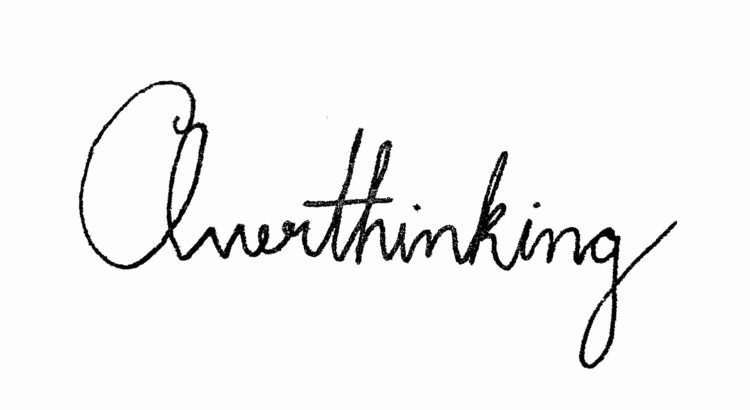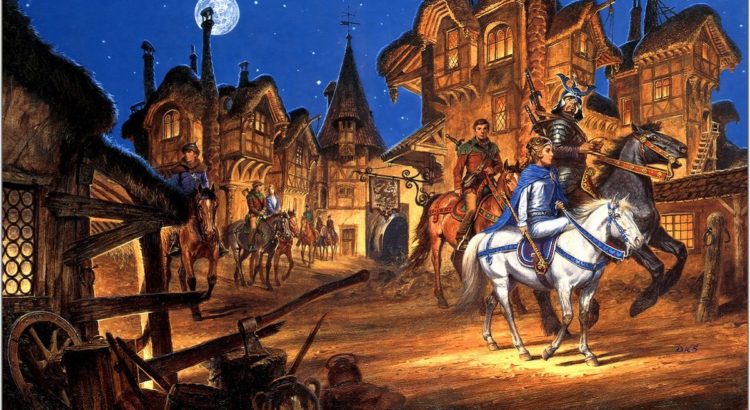One of my favorite parts about art is how it can be shared through so many mediums; art is in everything, and being able to see that makes life a lot more interesting. A great example of art being conveyed through a unique medium are Tarot cards: a deck of 78 unique cards, often used for fortune telling and games. It was relatively recently that I gained an interest in the obscure world of tarot cards, having been inspired by an old HBO show that my parents used to watch called Carnivale (a great show and I highly recommend it, but the end leaves a lot to be desired). The show uses tarot readings to further the plot and create dramatic tension, but more interesting is how the show uses subtle tarot symbolism that makes the story feel like a great epic is unfolding and the characters are all pawns of fate. This technique is similar to that employed in classical epics, such as The Iliad and The Aeneid: the use of portents and prophecies that connect the story together using a common thread, often calling back on themselves and revealing the role of divine fate in an extraordinary way.

I absolutely love the feeling when a prophecy is fulfilled, or when I can draw the subtle connections between events and and characters and be able to see how the prophecy influences the events of the story. This is one of my favorite things about tarot card art as well: the use of symbolism and subtle meaning conveyed through the illustrations is fascinating and endless. Each card has lore and tradition behind it, with multiple interpretations that all come together to form a single story. Personally, I don’t believe in actual fortune telling, but I appreciate how the cards are designed to create the effect of prophecy. Each card has identifying symbology that can be found in any version or reinterpretation, and have been tradition ever since they were first created, making each card immediately recognizable and therefore more iconic. This quality of the tarot can be found throughout popular culture as well, from literal uses such as Led Zeppelin and The Hermit figure, and more subtly in the archetypes of The Fool, The Magician, and The Lovers often found in storytelling today.
The other thing I love about tarot cards is the physical aspect of the art itself; there are so many versions and styles of illustrations, and I think the cards are such a great medium of artistic expression. An artist can follow the strict format of the cards and symbology while still illustrating them in their own way, giving them the perfect amount of creative freedom. There’s a lot to be said for the proportions of tarot cards themselves and the powerful effect of the format, which makes them the perfect template for creating something unique. It’s a great endeavor to undertake, illustrating all 78 cards, but it’s a great way to develop and refine your style and to put your creativity on display.










